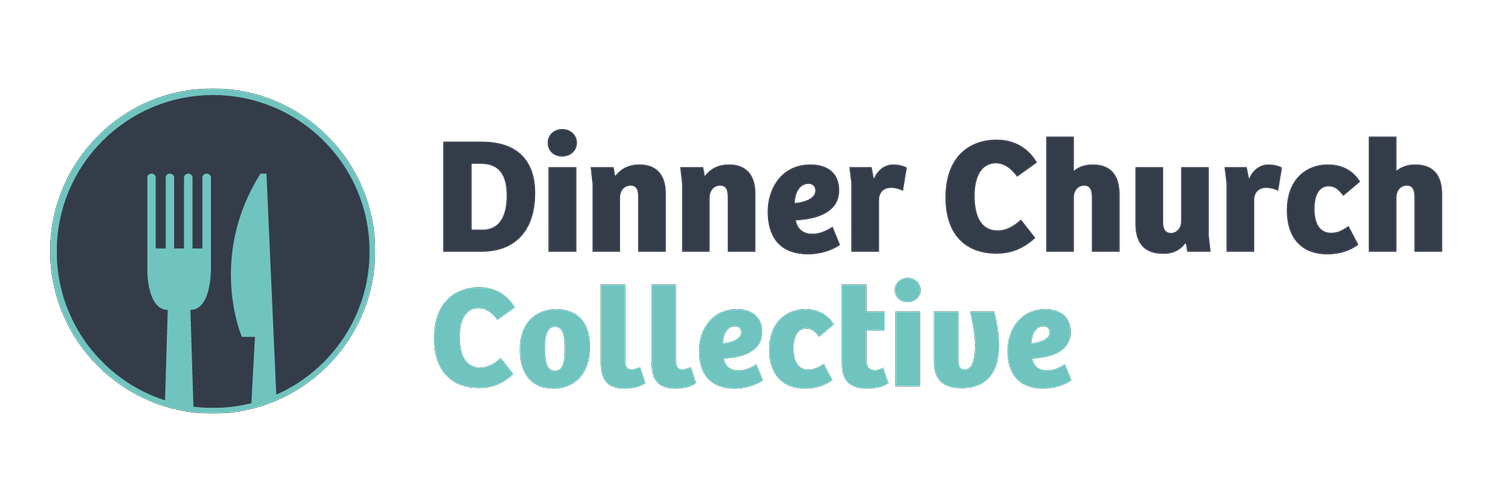Ditching “Church Plant” for Dinner Church Brad Andres
Listen
Watch
Show Notes
Brad Andres planted a traditional church in a small town in Ohio that pivoted to a Dinner Church midstream. Initially, it had significant impact, but then small-town issues pressed against his efforts. In this compelling story, you will see why some leaders are looking for a “mission-first” approach to starting communities of faith.
Brad Andres is passionate about people moving one step closer to Jesus. He is an ordained minister in the Assemblies of God and is finishing a Masters of Divinity from Kairos University. Brad lives in Bellevue, OH with his wife Carlie and their three kids: Galilee, Anchor, and Arie. Together, they are living to expand the Kingdom of God one person, one family, one community at a time.
Help us spread the word about the Dinner Church podcast by subscribing and leaving us reviews on Apple Podcasts, Spotify, YouTube, or wherever you enjoy your podcasts.

Related Resources:
Email us: podcasts@freshexpressions.com
Interview Summary
One of the board members brought up a question, 'Hey, it's been like two years. We said we were going to reach the poor. We haven't done that yet. How are we going to do that?' – Brad Andres.
In this episode of the Dinner Church Podcast, Brad Andres shares his transformative journey with dinner churches. Brad, originally skeptical about the effectiveness of dinner churches, recounts how his experiences reshaped his understanding of community outreach and engagement, particularly among the underserved. His journey took a turn when he was introduced to the Dinner Church Collective, leading him to embrace this model of ministry that combines meals with worship, particularly effective in reaching marginalized communities.
Origins and Skepticism
Brad initially approached the concept of dinner churches with a fair degree of skepticism, questioning their effectiveness compared to traditional church plants. His journey began somewhat reluctantly, as he described:
"I began as a reluctant entry into dinner church, as a skeptic of what dinner church was."
This skepticism was challenged when he was invited to a seminar that introduced him to the broader concepts and successes of dinner church models.
Community Impact and Growth
Brad's involvement led to the expansion of dinner churches in his area, highlighting their ability to foster community and engage with diverse groups. He noted the simple beginnings and how the initiative grew to encompass a broader demographic:
"And so really, what they were describing was having dinner church with the kids of the apartment complex... we wanted to extend this meal to the whole apartment community."
The growth was not just in numbers but in the depth of engagement and the apparent blessing of timely divine guidance.
Challenges and Resolutions
Throughout his narrative, Brad discusses several challenges, such as volunteer consistency and community pushback, and how these were systematically addressed. A significant challenge was the fluctuation in leadership and volunteer commitment, which led to a more structured approach.
"We noticed, as the church community leadership, that we couldn't let this just be kind of at a whim."
Theological and Social Reflections
Brad delves into the theological underpinnings of dinner churches, discussing how they align with biblical teachings about community and fellowship. He reflects on how this ancient model of church, based around a communal table, can coexist with and even enhance traditional forms of worship:
"The idea of the recovery project, if you will, that this form of worship, of gathering together is equally valid as a church community alongside ones that are more liturgical or ritual-oriented."
These reflections are rooted in a deep reconsideration of what church and community mean in a modern context, guided by historical practices and scriptural backing.
"It was the kind of like the waters of the first century swam in, Jews and Gentiles alike. And it's not something that we readily encounter."
In conclusion, Brad Andres’ narrative is a powerful testament to the transformative impact of adapting traditional church models to meet contemporary needs. His journey from skepticism to advocacy for dinner churches underscores the potential of innovative church models to engage more effectively with diverse and often underserved populations.
Reflection Questions
- How can traditional churches better adapt to the changing needs of their communities?
- What barriers exist in your community that dinner churches might help overcome?
- How might skepticism about new church models be constructively addressed?
- What roles do meals play in creating community in your own experience?
- How can leaders ensure volunteer consistency in community projects?
- What theological insights can be drawn from the practice of dinner churches?
